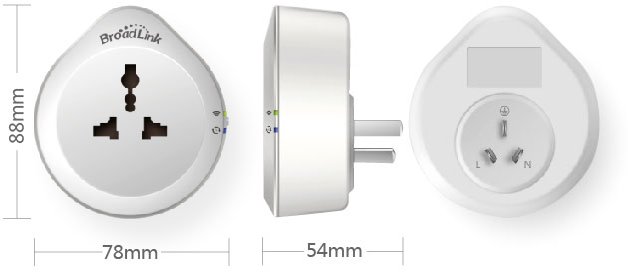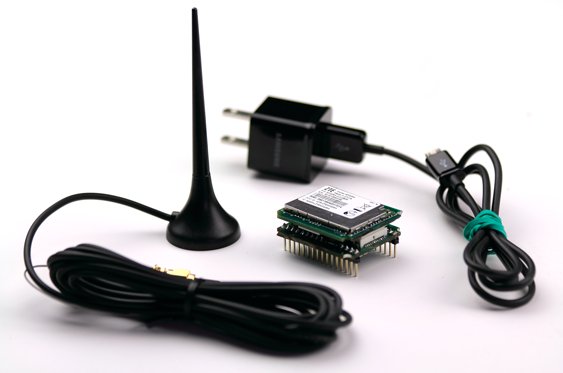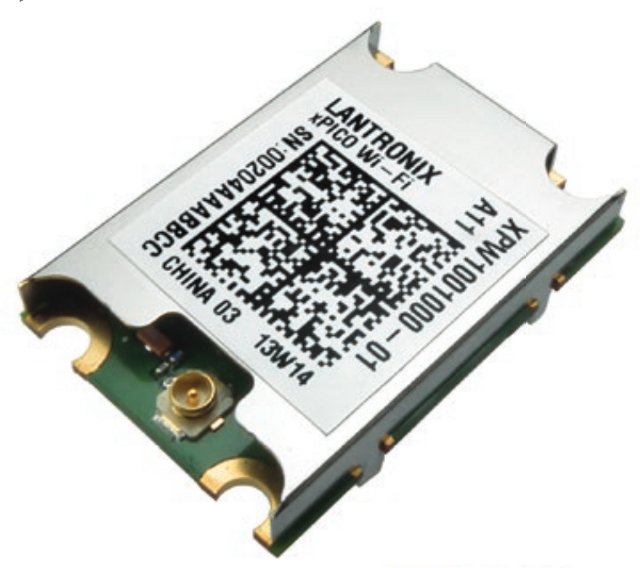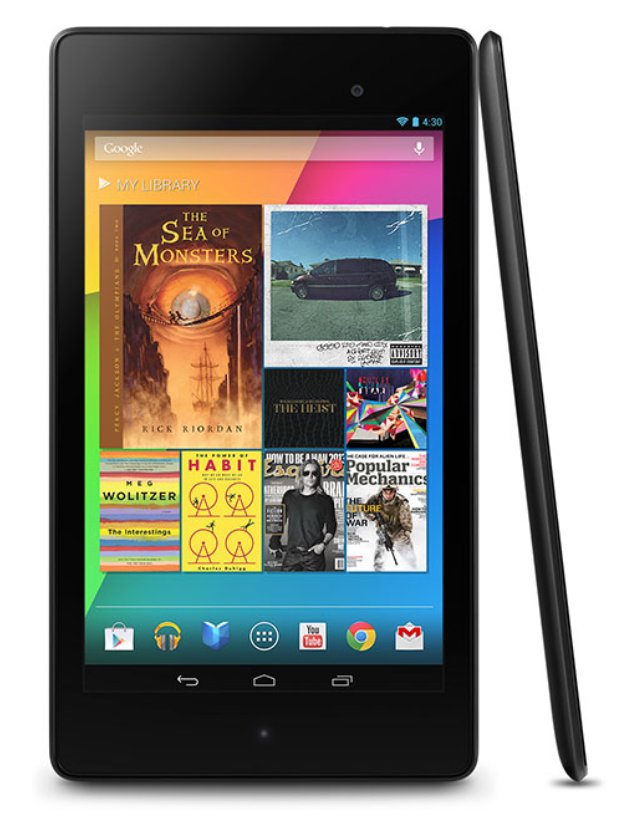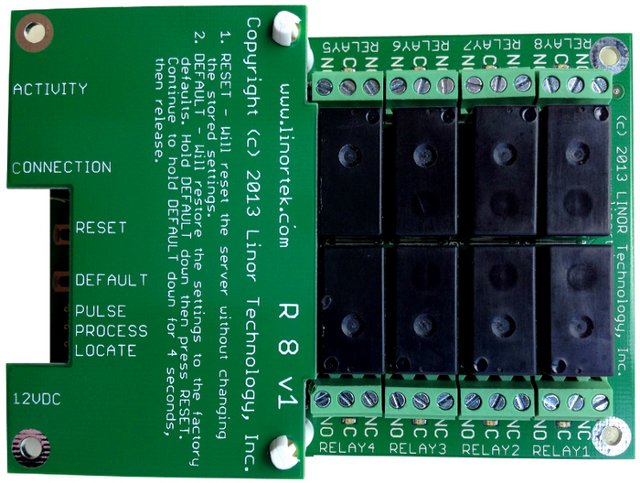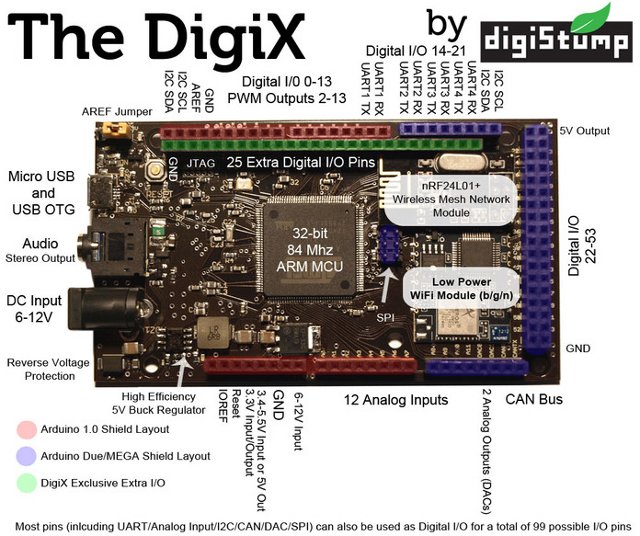Broadlink SP1 is a smart socket with Wi-Fi connectivity that you can control remotely with your Android or iOS mobile device through a specific app in order to turn on and off lights, water heater, and other electrical appliances. This type of product already exists for example with Belkin Wemo, but Broadlink SP1 is cheaper as it sells for $32.90 including shipping, against $49.99 + shipping for Belkin Wemo Switch. So let’s have a closer look. For this type of device there aren’t that many technical specifications, but they are very important as you need to make sure it matches your electrical grid specs, equipment power rating, and socket type: Material – ABS Power Plug – Three flat-pin plug (Australia type) Voltage – 90~245V @ 50-60 Hz Output Current – 10A Output Power – 2200W Dimensions – 8.9 cm x 7.7 cm x 5.8 cm Temperature Range – -10’C to […]
SparqEE CELLv1.0 Devkit Adds a SIM Card to Your Arduino, Raspberry Pi, or Other Hardware
There are several ways to add wireless connectivity to your sensors, relays, motors, or other devices. Bluetooth, Zigbee and Wi-Fi can all do a good job for short ranges, and the Weigthless standard will eventually provide ranges up to 10km with ultra low power on free spectrum, but it is not available right now, and a good way to achieve longer ranges is to use cellular networks. SparqEE has designed a development kit called CELLv1.0 to add GSM and 3G connectivity to the Internet of things, including (optional) shields for Arduino and Raspberry Pi boards. Here are some technical specifications for the kit: Cellular Networks – WCDMA/HSDPA 2100/1900/900MHz, GSM/GPRS/EDGE 850/900/1800/1900MHz, 384Kbps, DL3.6Mbps HSDPA via ZTE modem Protocols – Data (TCP/UDP), SMS ready Serial interface – Serial (UART, From Cellular Board is 1.8V, From Jumper board is any voltage (ex. 3.3V, 5V)) USB – (power, USART, and modem) Input Voltage – […]
Lantronix Unveils xPico Wi-Fi Module For the Internet of Things
With Texas Instruments SimpleLink Wi-Fi CC3000 and Qualcomm Atheros AR4100P embedded Wi-Fi processors that fully handle Wi-Fi internally, and transfer data to an MCU with an SPI interface, and solutions such as Electric Imp, there are already ways to add Wi-Fi at relatively low cost to appliances. There’s now another solution available on the market with Lantronix xPico Wi-Fi Module. Listed features and specification of xPico Wi-Fi: SoC – ARM Cortex M3 class processor with 1MB on-chip Flash and 128 KB SRAM Storage – SPI Flash storage Wireless LAN Interface IEEE 802.11 b/g and IEEE 802.11n (single stream) WLAN interface (2.4 GHz only) IEEE 802.11 d/h/i/j/k/w/r WPS 2.0 support u.FL connector for external antenna Serial Interface Two Serial CMOS Ports (3.3V, 5V tolerant) 300 to 921.6 Kbps Flow control XON/XOFF, RTS/CTS (SPort 1 only) Lantronix tunneling application (SPort 1 only) Host Interface – Dual Serial Port, SPI, USB 2.0 (device), […]
ARM TechCon 2013 Schedule – ARM Servers, Internet of Things, Multicore, Hardware and Software Optimization and More
ARM Technology Conference (TechCon) 2013 will take place on October 29 – 31, 2013, in Santa Clara, and the detailed schedule for the event has just been made available. In the previous years, the conference was divided into Chip Designs day (1 day), and the other 2 days were reserved for Software & System Design, but this year it does not appear to be the case. Whether you’ll be able to attend the event or not, it’s worth having a look at what will be discussed there in order to have a better understanding of what will be the key ARM developments in the near future in terms of hardware and software. There will be around 90 sessions categorized into 15 tracks: Accelerating Hardware Development – This track explores the resources, tools, and techniques that designers can employ to quickly bring hardware to market. Topics include multicore design, ARM IP, […]
Google Releases Android 4.3 Jelly Bean, Unveils New Nexus 7 Tablet
Yesterday was a big day for Google with several important announcements, including the Chromecast HDMI TV dongle, an updated version of Nexus 7 tablet, and the release of Android 4.3, still codenamed Jelly Bean. In this post, I’ll start with the hardware, and move to explain what’s new with Android 4.3, and where you can download source and images for your device. New Nexus 7 The new Nexus 7 tablet will run Android 4.3 on the following hardware: SoC – Qualcomm Snapdragon S4 quad-core processor @ 1.5GHz with Adreno 320 GPU @ 400MHz System Memory – 2GB RAM Storage – 16GB to 32GB of storage Display – 7″ IPS display (1920 x 1200) Connectivity – Dual band 802.11a/b/g/n WiFi (2.4G/5G), Bluetooth 4.0, and NFC Camera – 5MP rear camera and 1.2MP front camera Video Output – HDMI output (via SlimPort) Audio – Stereo speakers, 3.5mm headphone jack, microphone USB – […]
Linaro Connect Europe 2013 Sessions and Mini-Summit
Linaro Connect Europe 2013 (LCE13) is taking place in Dublin, Ireland on July 8 – 12, 2013. If you are not there, you can still follow the event remotely as the event schedule is available with tracks focused on Android, Builds and Baselines, Enterprise, Graphics and Multimedia, Linux Kernel, Network, Project Management Tools and Training, and the Testing and Validation mini-summit will also take place at the same time. There will be hacking and lab sessions each day (except on Friday) where you can expect to learn useful skills. I’ve selected 2 sessions per day that I think might be particularly interesting. Monday 10:00 – 10:45 – ARMv8 Status and Updates Current Status of v8 tree What’s merged? What’s features are next priorities? Platform Updates What members should know about adding new v8 platforms 12:00 – 13:00 – How to make Android more efficient for entry level products The main objective of […]
Linor Technology Fargo are Ethernet Boards with 4 to 8 Relays
There are more and more “IoT” solutions for home or industrial automation which allow you to control your lights or other equipments remotely with your smartphone or tablet. Many of them are DIY with boards such Arduino or Raspberry Pi combined with an expansion board featuring one or more relays, and some of them can be used out of the box such as Linor Technology Fargo boards. The company designed 4 boards that are powered by a Microchip PIC32 MCU with a small NOR flash, provide Ethernet connectivity, and run a small webserver that allows you to monitor and control the relays with any connected device that can run a web browser. Here are the hardware specifications for the boards (Fargo R8, R4, R4ADI and R4DI): MCU – Microchip PIC32 32-bit MCU Storage – 8MB flash on Fargo R8 for firmware and log storage (up to 10,000 items log) Sensors: […]
$59 Digitstump DigiX is an Arduino Due Compatible Board with Wi-Fi and Mesh Networking
The DigiX, by Digistump, is hobbyist board with an Atmel SAM3 Cortex M3 MCU @ 84 MHz, embedded low power Wi-Fi (b/g/n) and mesh networking,audio output, USB on the go support, and the company claims it is 100% compatible with anything that works with the Arduino Due, with some extra I/Os for a total of 99 I/O pins. The hardware specifications go as follows: MCU – Atmel AT91SAM3X8E 32-bit ARM Cortex M3 Processor @ 84 Mhz with 96KB SRAM, 512KB Flash Connectivity On-board 802.11b/g/n WiFi Module (FCC/CE Approved) On-board nRF24L01+ wireless module (removable) – 2.4Ghz band 99 I/O Pins including 12 PWM, 12 Analog Input, 2 Analog Output (DAC), CAN bus, 4x UARTs, 2x I2C, SPI, JTAG, DMA and more. Audio – 3.5mm stereo jack USB – micro USB OTG port Misc – On-board RTC, user LED Power Supply – 3.3V, 3.4-5.5V (LiPo Ready), 5V, or 6-16V input (on-board buck regulator) (Max?) Power […]


